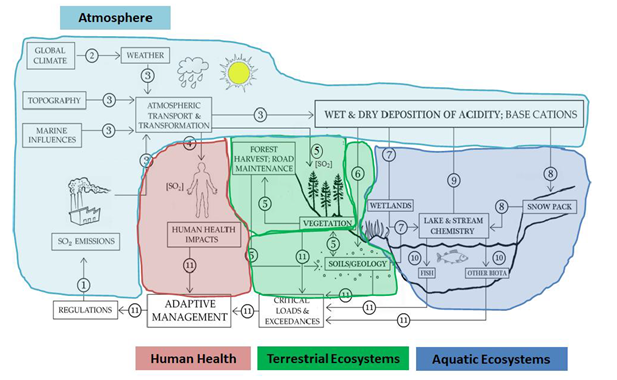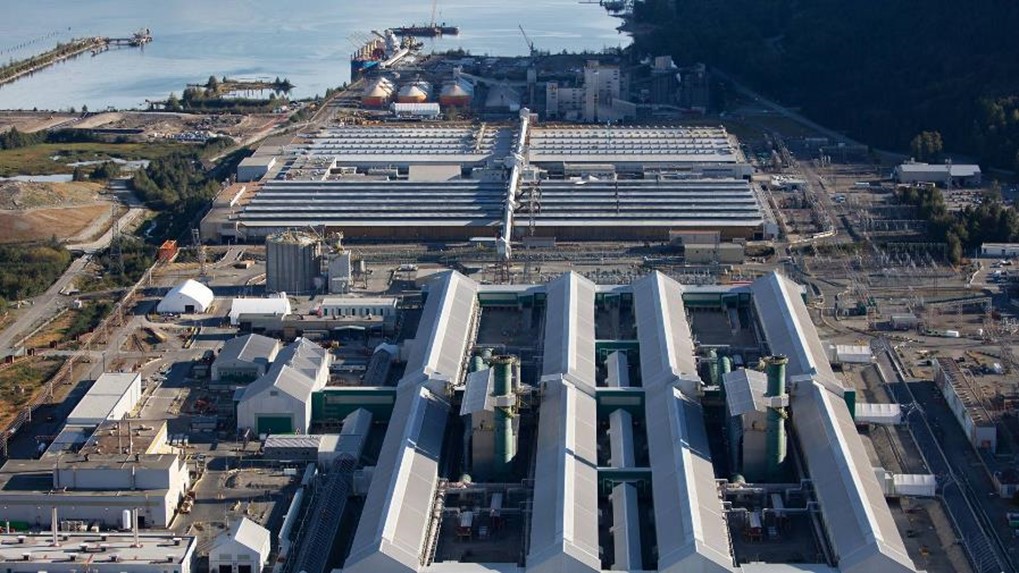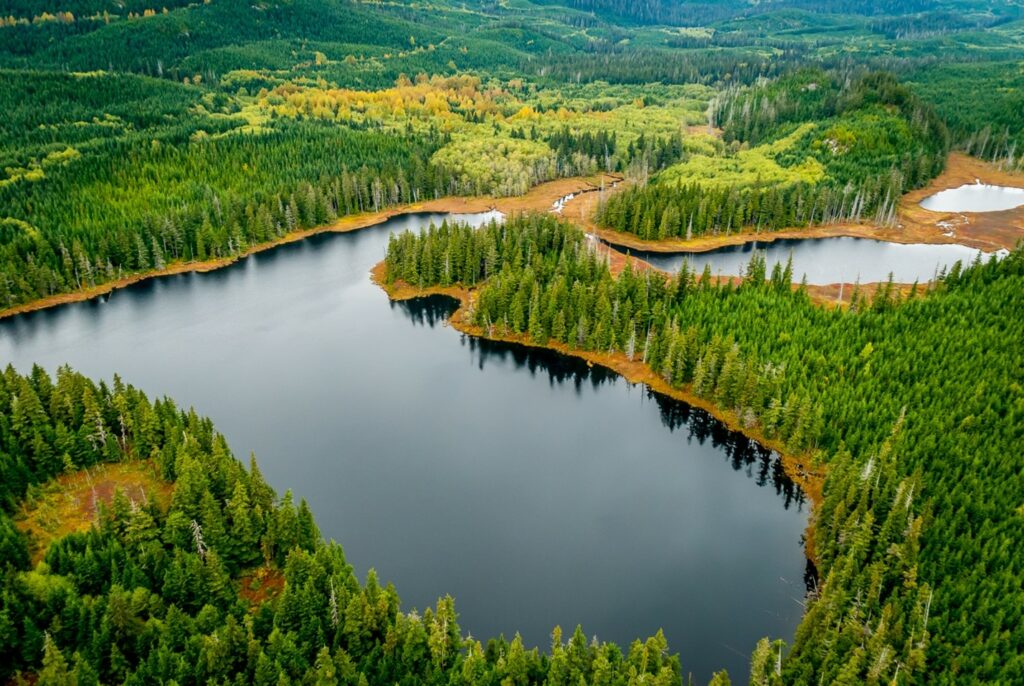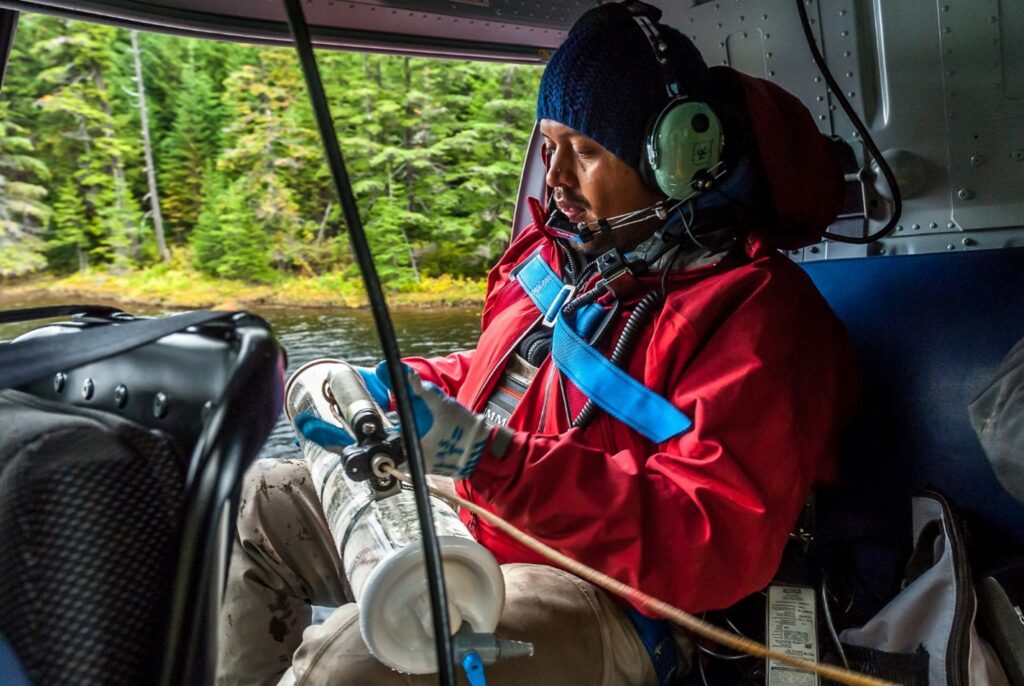SO2 Environmental Effects Monitoring in the Kitimat Valley
Project Details
Location: |
The Kitimat Valley in north-western British Columbia, 54.06393, -128.63727 | |
Client: |
Rio Tinto B.C. Works | |
Duration: |
2012 – ongoing | |
Team Member(s): |
ESSA Team: David Marmorek, Carol Murray, Alex Hall, Caitlin Semmens, Graham Mushet
Collaborators: Limnotek, Trinity Consultants, Trent University, Risk Sciences International, Dr. John Laurence, Balanced Ecological Management, Dr. Carl Schwarz |
|
Practice Area(s): |
Fisheries & Aquatic Sciences, Cumulative Effects Assessment, Adaptive Management | |
Services Employed: |
Strategic Planning, Monitoring Design & Evaluation, Statistical Design & Analysis, Science Communication & Knowledge Synthesis, Facilitation & Engagement |
The Problem We Aimed to Solve
This work began in 2012 with Rio Tinto Alcan’s plans to modernize the aluminum smelter in Kitimat. The modernization would increase the level of aluminum production and improve emission controls. Levels of all emissions from the old smelter would be reduced in the modernized smelter, with the exception of SO2. The key question to be addressed was, “what are the potential effects of increased SO2 emissions on human health, vegetation, terrestrial ecosystems (soils) and aquatic ecosystems (lakes, streams, and aquatic biota) in the Kitimat Valley?”
How We Helped
ESSA led an interdisciplinary team of experts to complete a Technical Assessment to answer the key question. The SO2 Technical Assessment Report (STAR) was completed in 2013. It involved literature reviews, monitoring design, field monitoring, data analyses and modelling, based on internationally approved methods and a rigorous risk assessment framework. Predictions of potential impacts were precautionary, erring on the side of overestimating rather than underestimating potential impacts.
ESSA and some of the experts involved in writing the STAR then worked with Rio Tinto and B.C. ENV to develop a plan for monitoring the effects of SO2 from 2013 to 2018 (the SO2 EEM Plan), and identified KPIs and quantitative thresholds that would trigger increased monitoring or mitigation. The timeframe for the plan provided monitoring data before and after the transition to the modernized smelter. Each year, the ESSA team and collaborators write annual reports under the SO2 EEM Plan, documenting activities and results for the reporting year and noting whether any KPI thresholds had been reached.
In 2019 ESSA and the other experts undertook a Comprehensive Review of the SO2 EEM Program from 2013-2018. That review found that none of the KPIs had exceeded the quantitative thresholds for mitigation or additional monitoring. Actual effects have been much less than those predicted in the STAR, consistent with the precautionary approach used to model potential effects. The results of the Comprehensive Review informed decisions for improvements to the Program in the Phase III Plan for 2019-2025, which was the focus of consultations with stakeholders, First Nations and B.C. ENV in 2022.
Conceptual Source-Pathway-Receptor Model of the Phase III Plan:
Our Project’s Impacts
Since its inception, this project has provided critical information for Rio Tinto, B.C. ENV, First Nations and residents in the Kitimat Valley about potential and actual effects of the modernized smelter. Dialogue with all interested parties has led to improvements in the Program and built trust. One measure of that trust is that ESSA and the team who worked on the STAR were chosen by B.C. ENV to lead two studies of cumulative effects, one in the Kitimat Valley, and the other in the Prince Rupert region (summarized here). The SO2 EEM Program has generated a considerable library of evidence regarding the actual outcomes in the valley from the smelter modernization, providing a solid foundation for evaluating cumulative effects as new industries come to the valley.

Rio Tinto’s aluminum smelter in Kitimat, constructed over 2012-2016, replacing the original smelter built in the 1950’s (photo by Chris Perrin, Limnotek)

Two of the lakes that are annually sampled in the EEM Program, End Lake and Little End Lake (photo by Chris Perrin, Limnotek)

Preparing to acquire a water sample from a lake using a Van-Dorn sampler (photo by Chris Perrin, Limnotek)
SO2 Technical Assessment Report (STAR)
- SO2 Technical Assessment Report (STAR) Volume 1 – Executive Summary
- SO2 Technical Assessment Report (STAR) Volume 2 – Technical Report
- SO2 Technical Assessment Report (STAR) Volume 3 – Appendices
- SO2 EEM Program Plan for 2013-2018
- SO2 EEM Program Annual Report for 2013-2014
- SO2 EEM Program Annual Report for 2015
- SO2 EEM Program Annual Report for 2016
- SO2 EEM Program Annual Report for 2017
- SO2 EEM Program Annual Report for 2018
SO2 EEM Program Comprehensive Review 2019
- SO2 EEM 2019 Comprehensive Review of 2013-2019
- SO2 EEM 2019 Comprehensive Review Appendix 1
- SO2 EEM 2019 Comprehensive Review Appendix 3
- SO2 EEM 2019 Comprehensive Review Appendix 4-5-6
- SO2 EEM 2019 Comprehensive Review Appendix 7
- SO2 EEM Program Comprehensive Review Addendum Attachments
- SO2 EEM Program Phase III Plan for 2019-2025 and Appendices
- SO2 EEM Program Annual Report for 2019
SO2 EEM Program Technical Memos
- SO2 EEM Technical Memo D01
- SO2 EEM Technical Memo D02
- SO2 EEM Technical Memo D03
- SO2 EEM Technical Memo F01
- SO2 EEM Technical Memo P01
- SO2 EEM Technical Memo P02
- SO2 EEM Technical Memo P03
- SO2 EEM Technical Memo P04
- SO2 EEM Technical Memo P05
- SO2 EEM Technical Memo P06
- SO2 EEM Technical Memo S01
- SO2 EEM Technical Memo S02
- SO2 EEM Technical Memo S03
- SO2 EEM Technical Memo S04
- SO2 EEM Technical Memo S05
- SO2 EEM Technical Memo S06
- SO2 EEM Technical Memo S07
- SO2 EEM Technical Memo V01
- SO2 EEM Technical Memo V02
- SO2 EEM Technical Memo W01
- SO2 EEM Technical Memo W03
- SO2 EEM Technical Memo W04
- SO2 EEM Technical Memo W05
- SO2 EEM Technical Memo W06
- SO2 EEM Technical Memo W07
- SO2 EEM Technical Memo W08
- SO2 EEM Technical Memo W09
- SO2 EEM Technical Memo W10
- SO2 EEM Technical Memo W11


